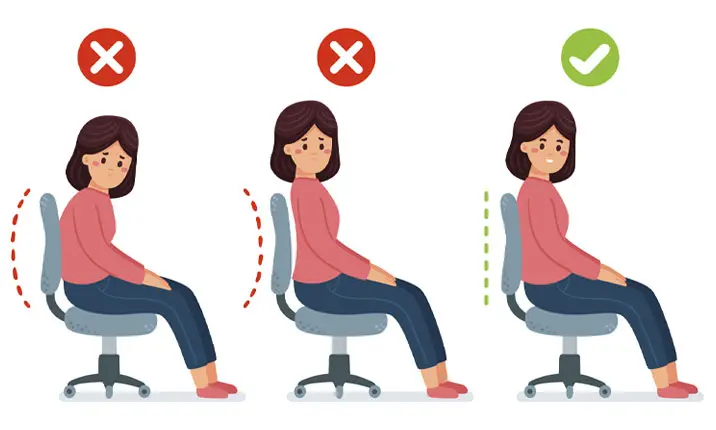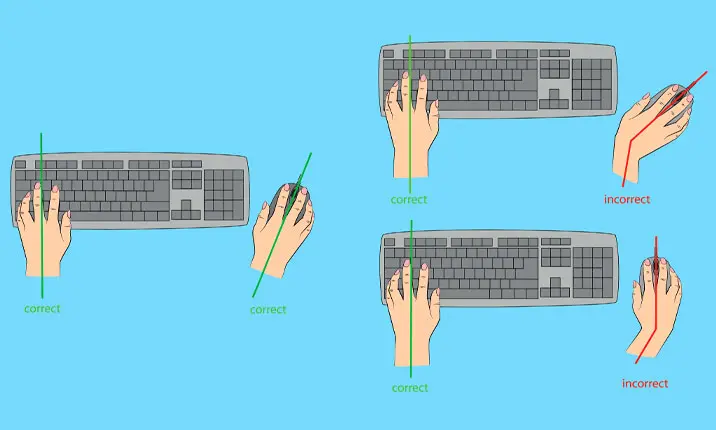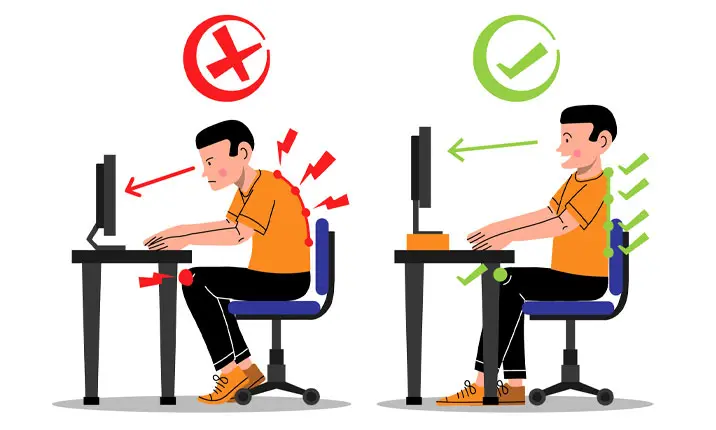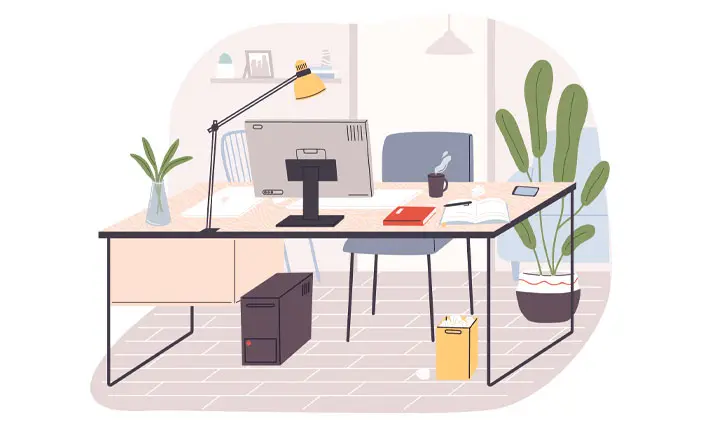-
-
Featured Care Areas


Source: Getty Images and Shutterstock
Sit Right, Work Better – A Guide to Proper Posture
Last updated: Thursday, January 13, 2022 | 2 min reading time
An ergonomic work space can boost your productivity and enjoyment throughout the work day, but it starts with maintaining a proper sitting posture. Here are some essential tips to avoid posture problems.
Why is ergonomics important?
Ergonomics is the science of fitting a workplace for the worker to reduce stress and eliminate injuries. It considers all aspects of a job; from the physical stress it places on the joints, muscle, nerves, tendons and bones, to environmental factors which affect hearing, vision and general well-being.
In recent years, a lot of attention has been given to workstation ergonomics, especially those where the majority of the work is centred around a computer. The aim is to reduce sitting-related strain and injuries. While there is no single correct way to sit at a computer workstation, the workstation should be set-up to support postures that can be changed frequently throughout the day.
A good way to start achieving improved ergonomics is by understanding the basic requirements for good sitting posture. With that knowledge, one can then try out different positions to find out which works best.
The computer workstation self-evaluation
Chair
- Is your chair adjusted for support and comfort?
- Are your feet firmly supported on the floor, or a footstool?
Keyboard and Mouse
- Are your shoulders relaxed?
- Are your elbows next to your sides, not reaching forward?
- Is your keyboard at seated elbow height?
- Is your mouse also at seated elbow height, and beside the keyboard?
- Are your wrists straight (not bent up, down or side to side) when typing and using the mouse?
Work Habits
- Do you take regular micro breaks away from the computer throughout the day?
- Do you reduce repetitive typing and mouse use through the use of macros, shortcuts and arrow keys?
- Is your phone posture acceptable?
Monitor
- Is your head upright and straight (not severely bent or turned when viewing the monitor or documents)?
- Is the monitor and keyboard placed directly in front of you?
- Is the viewing distance approximately an arm’s distance away?
Work Environment and Surface
- Do you have enough leg clearance at your workstation?
- Are you frequently using items placed close to you?
Good to know
The purpose of creating an ergonomic work space is more than just to ensure we can maximise our productivity throughout the day. Ensuring an ergonomic work space can save you from experiencing chronic aches and pains, and enables you to stay strong and well for longer.
If you have questions about your posture or ergonomics and are unsure about whether your work from home set up is serving you well, do call us for advice or make an appointment. Our Parkway Rehab therapists can be reached at +65 6307 7950 (Paragon clinic). Walk-in consultations are also available.













